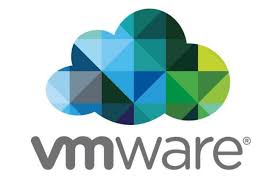[SOLVED] How to fix error: GPT PMBR size mismatch
In this article you will learn how to fix the Linux error: GPT PMBR size mismatch will be corrected by write after executing fdisk command. The problem can happen when the partition table was set up for a smaller disk… Continue Reading




